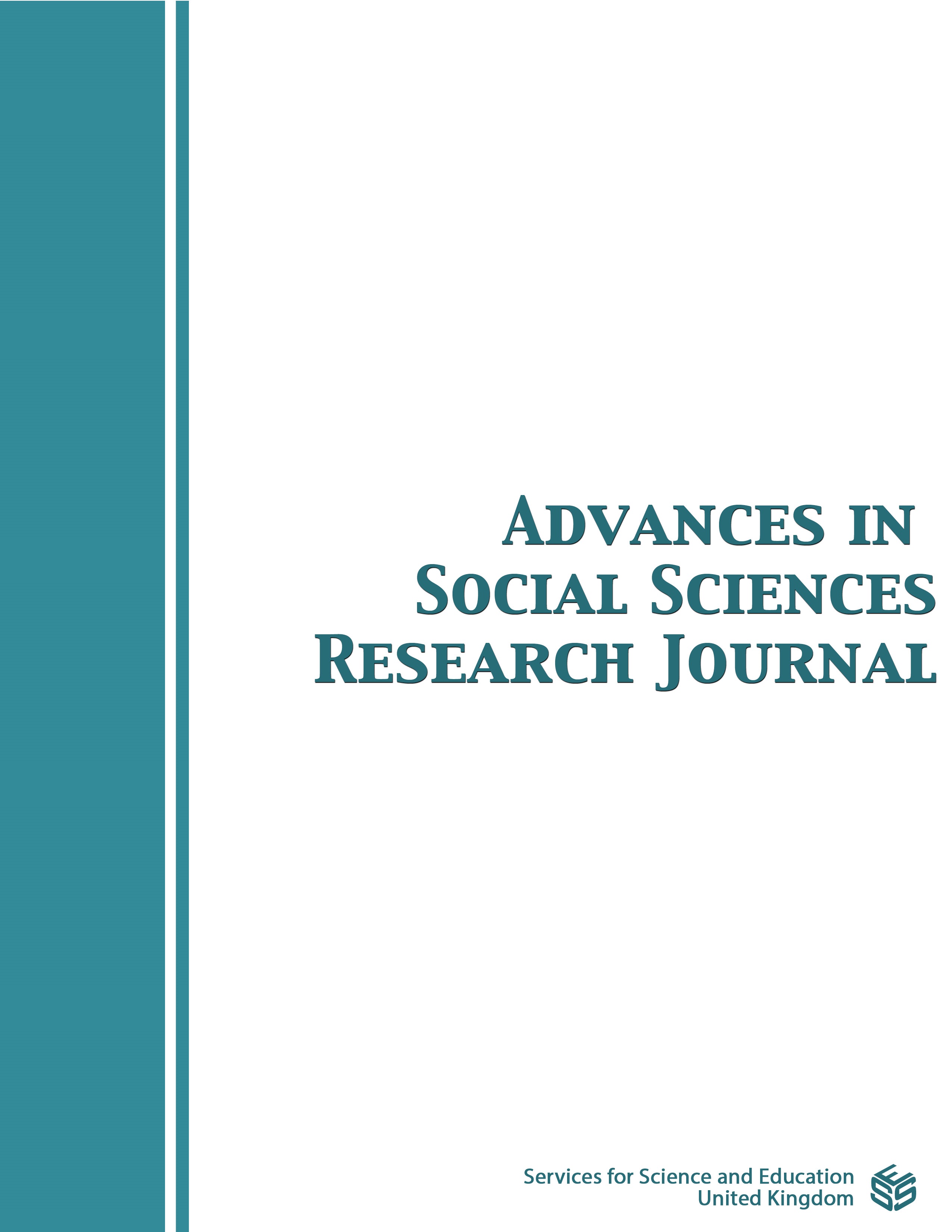Inhibition of Return without Attentional Capture in the Traditional Spatial Cueing Paradigm
DOI:
https://doi.org/10.14738/assrj.105.14573Keywords:
Attentional capture, Facilitation effect, Inhibition of return, SOAAbstract
Numerous studies using the spatial cueing paradigm have revealed various characteristics of attentional capture and inhibition of return (IOR). In my previous study, attentional capture was not observed while IOR was observed. Although this is evidence supporting the independence of attentional capture and IOR, I considered the possibility of a problem with the SOA conditions. In the previous study, the SOA condition for observing attentional capture was 150 msec, while some other previous studies used the 100 msec SOA condition. This slight difference may be the reason why attentional capture was not observed. The purpose of this study was to determine if there is a difference between RTs in the 150 msec SOA condition and RTs in the 100 msec SOA condition. Based on previous research, it was expected that attentional functioning would not change significantly when SOA was changed from 100 msec to 150 msec. The results showed that there was no difference between RTs in the 150 msec SOA and the 100 msec SOA conditions. Moreover, robust IORs were observed in the 100 msec SOA with the absence of attentional capture. The results of this study provided additional evidence for the idea presented that attentional capture and IOR are caused by different mechanisms.
Downloads
Published
How to Cite
Issue
Section
License
Copyright (c) 2023 Yukihisa Matsuda

This work is licensed under a Creative Commons Attribution 4.0 International License.
Authors wishing to include figures, tables, or text passages that have already been published elsewhere are required to obtain permission from the copyright owner(s) for both the print and online format and to include evidence that such permission has been granted when submitting their papers. Any material received without such evidence will be assumed to originate from the authors.






